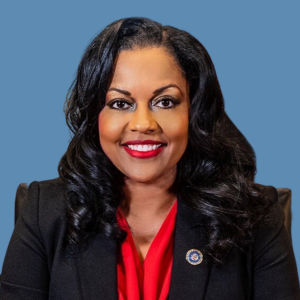Veterans Day prompted a buzz in the Department of Labor (DOL), with the agency highlighting the legislation that was passed this year, as well as the existing resources available to this important workforce group.
KRA Corporation believes that—after youth employment programming—our veterans are the most important group in public workforce policy and so we are heartened to see that the DOL’s commitment to improving the employment plight of U.S. veterans remains consistent.
Ensuring that veterans get access to employment programs and initiatives is something in which Secretary of Labor Perez has taken a personal interest, overseeing the Veterans’ Employment and Training Service program to help veterans find civilian jobs.
It is indeed an alarming statistic that in 2012 there were estimates of as many as 62,000 homeless veterans, while in 2011 a reported 900,000 ex-servicemen and women relied on the Supplemental Nutrition Assistance Program (SNAP) to sustain themselves and their dependents.
In his recent blog post, Secretary Perez pointed to the existing programs that are designed specifically to help veterans return to civilian life and find sustainable jobs in an effort to combat the reported high rates of unemployment (upwards of 20% among veterans between ages 18-24).
Programs like Veterans Retraining Assistance Program, or VRAP (which KRA Corporation highlighted in a post), the Transition Assistance Program (TAP), and the additional help provided specifically for veterans at American Job Centers (still known as One-Stop Career Centers in some sectors) around the U.S. all aim to address and overcome the barriers that re-entry into civilian life can present.
The First and Second Ladies have also lent their efforts through the Joining Forces program. This program rallies support from all quarters of society to provide resources that target employment, education and continuing health opportunities for active and past military and their families.
The update to the Family Medical Leave Act, relating to continued benefits and extended leaves of absence for family members caring for returning military personnel injured in conflict and deployment-related considerations, is further evidence that the DOL is committed to the needs of servicemen and women beyond simply helping to find employment.
Principal deputy administrator for the Wage and Hour Division, Laura Fortman, perhaps mirrored KRA Corporation’s sentiments best regarding both our military personnel and employees when she said: “No one should have to choose between the job they need and caring for the family that needs them.”
Our military personnel made the choice to serve their country, and deserve our thanks and our respect. Their service also translates into invaluable skills and attributes that are of great use in the civilian workforce.
KRA Corporation will continue to focus our experience and efforts on helping to serve a vital part of the U.S. workforce and ensure that our military personnel receive the peacetime support and opportunities they need to succeed in the civilian workforce.


 Dr. Boone’s 20+ years’ experience in the industry is extensive and her expertise in private-, public-, and non-profit sector workforce-services organizations is unparalleled, particularly in the Baltimore–Washington Metropolitan area.
Dr. Boone’s 20+ years’ experience in the industry is extensive and her expertise in private-, public-, and non-profit sector workforce-services organizations is unparalleled, particularly in the Baltimore–Washington Metropolitan area.






















